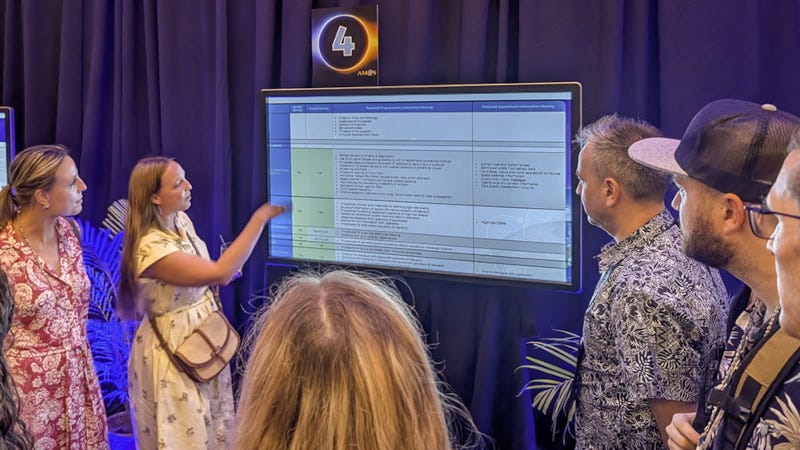OSC & EUSST Study Opportunities for International SSA Information Sharing
Goal is to Minimize Delivery of Conflicting Data

At the 2025 AMOS Conference, the Office of Space Commerce’s Traffic Coordination System for Space (TraCSS) program and European Union Space Surveillance and Tracking (EU SST) program published a joint study that advances our und…
Keep reading with a 7-day free trial
Subscribe to The Journal of Space Commerce to keep reading this post and get 7 days of free access to the full post archives.


